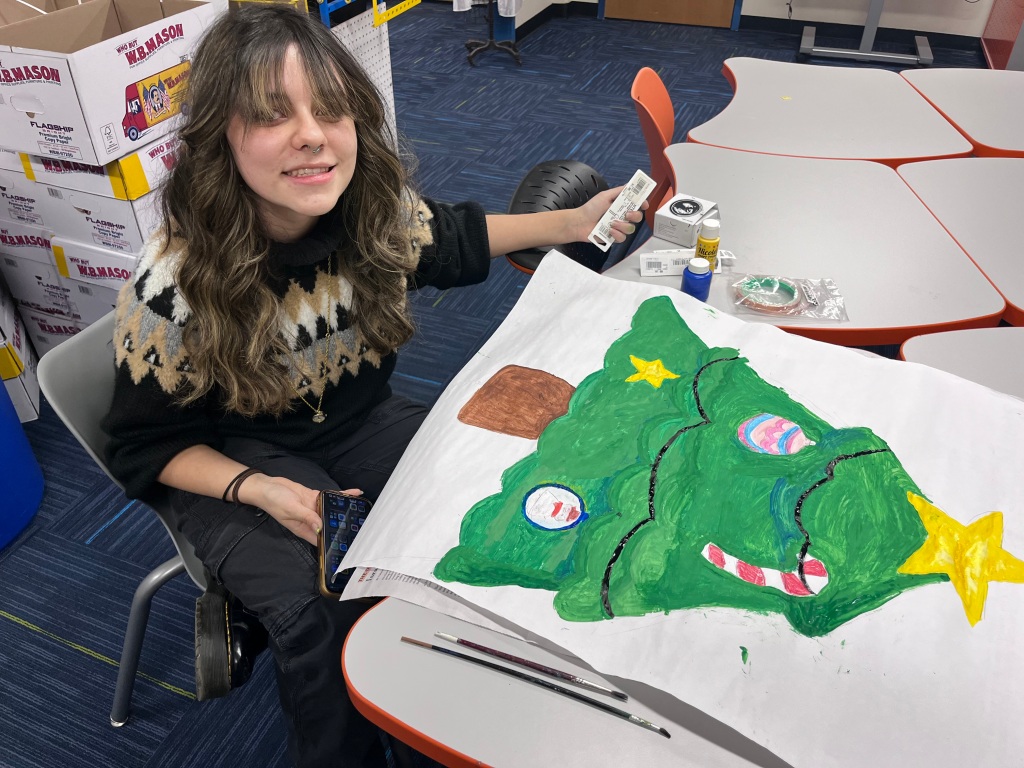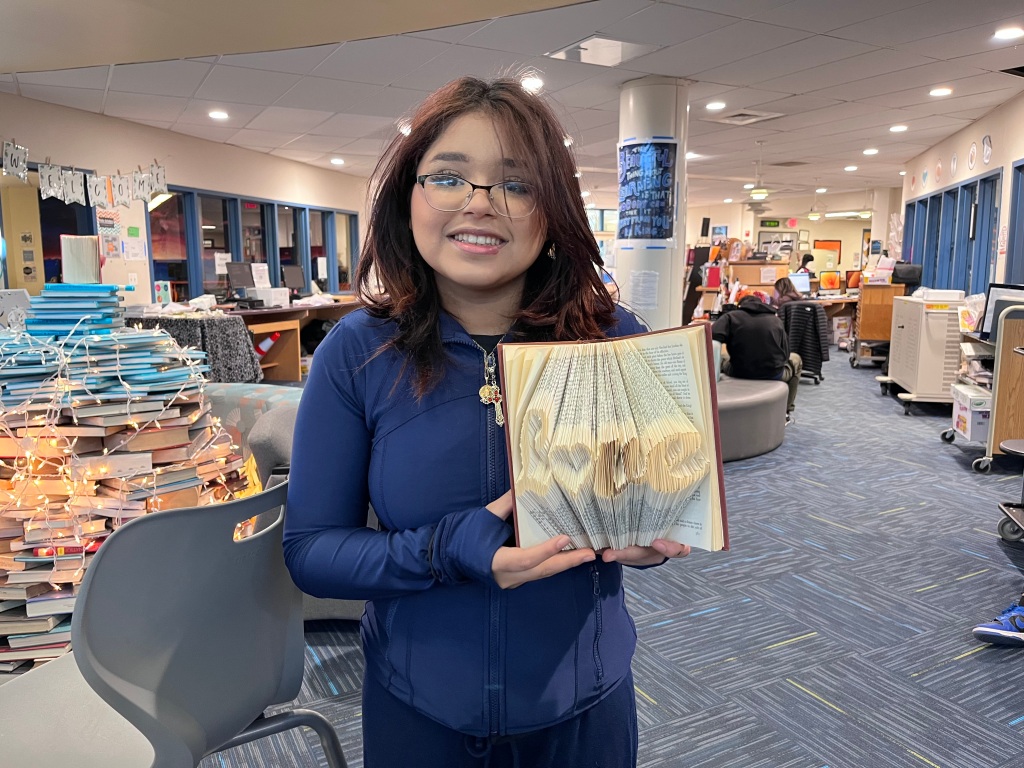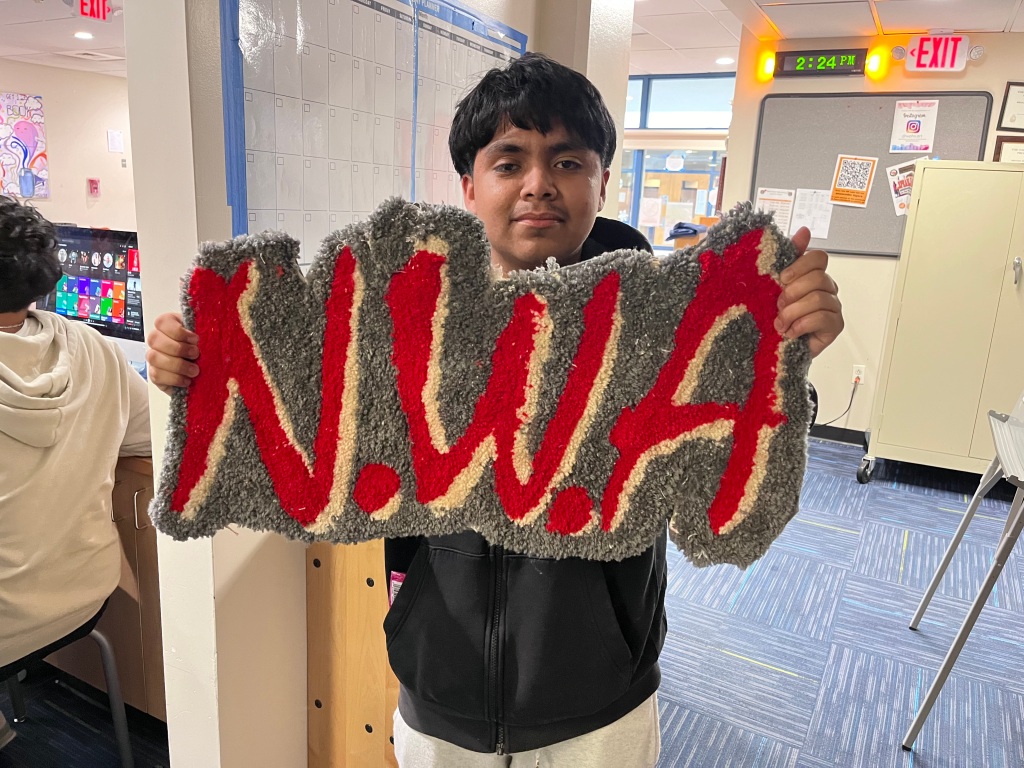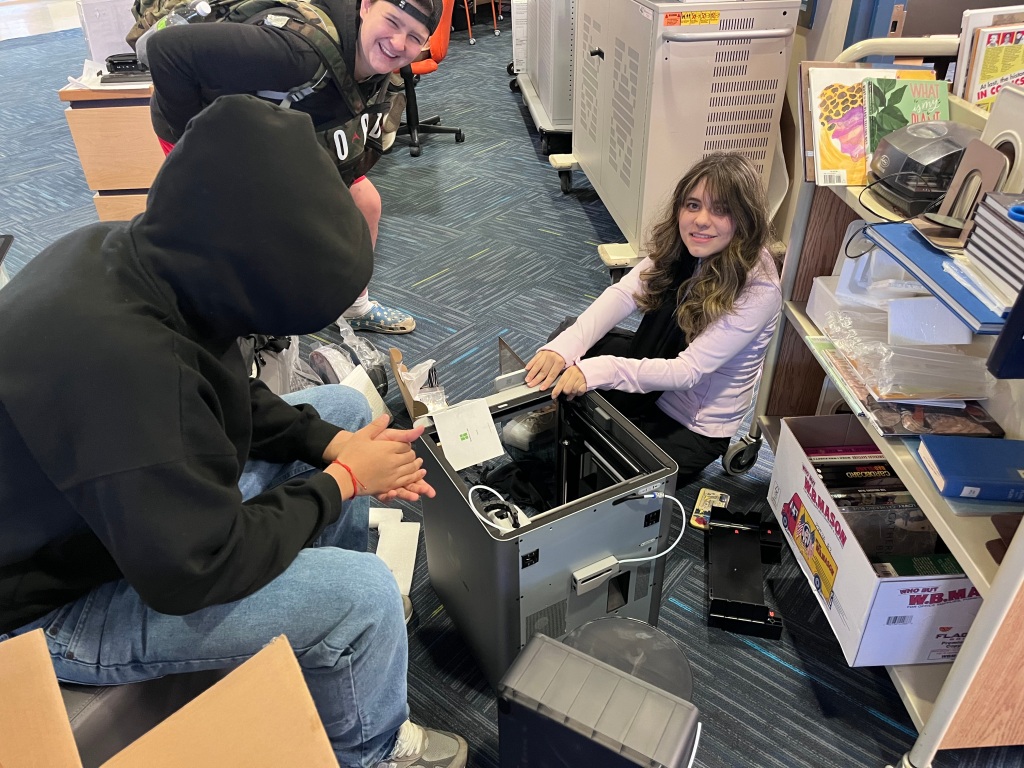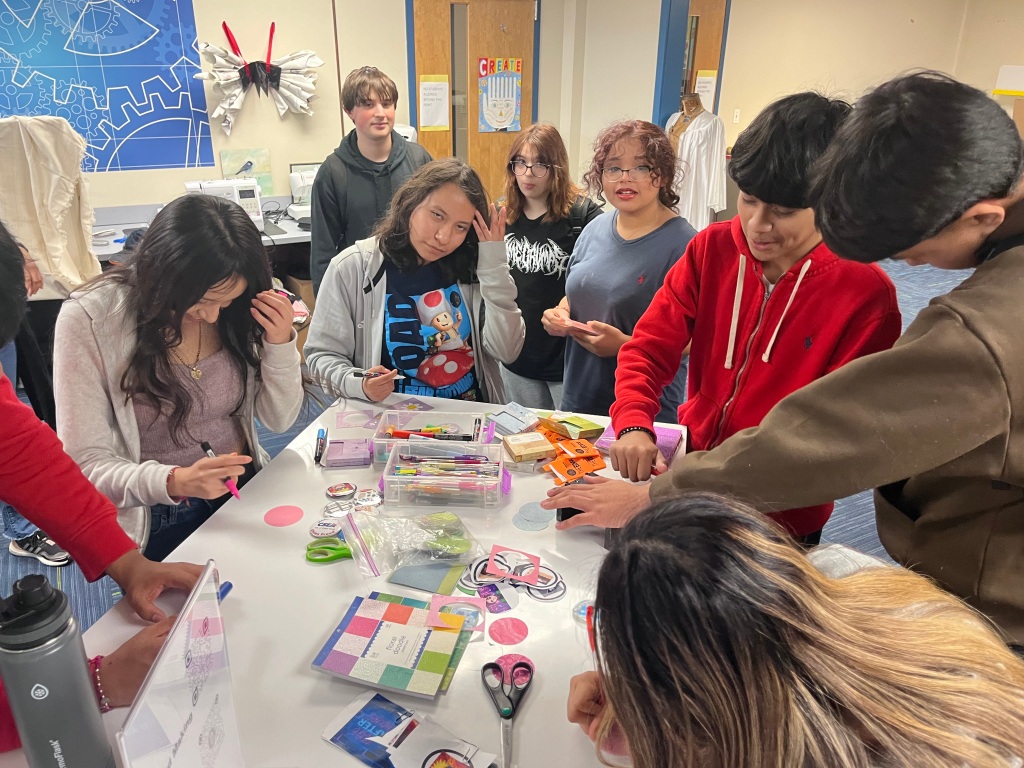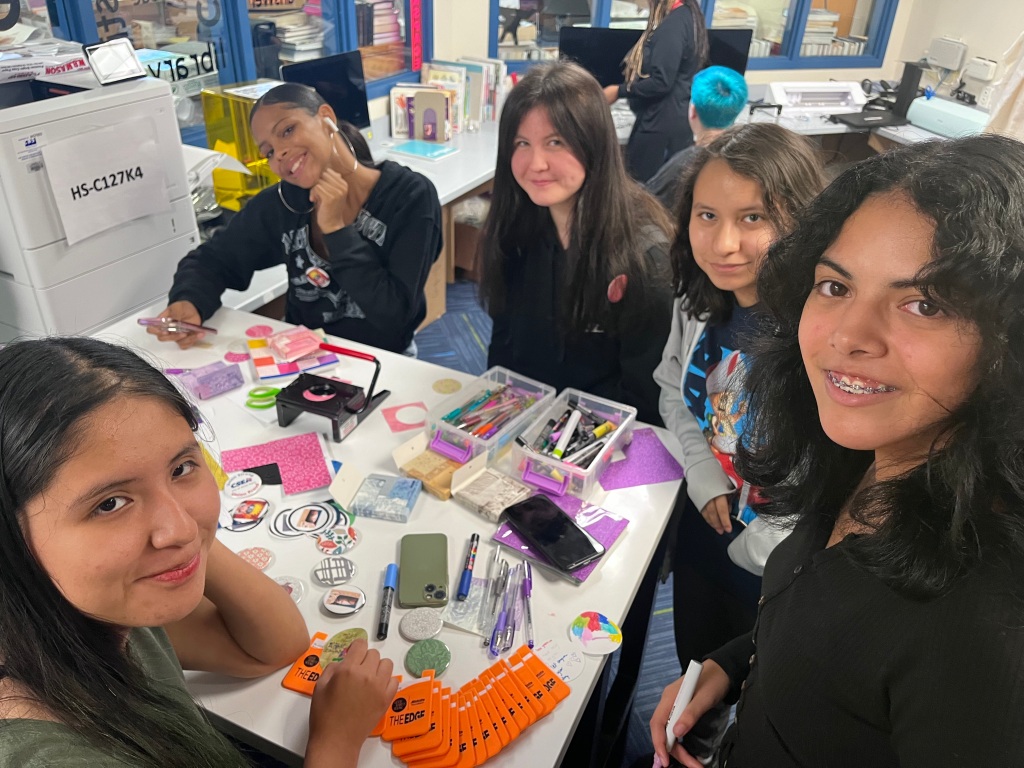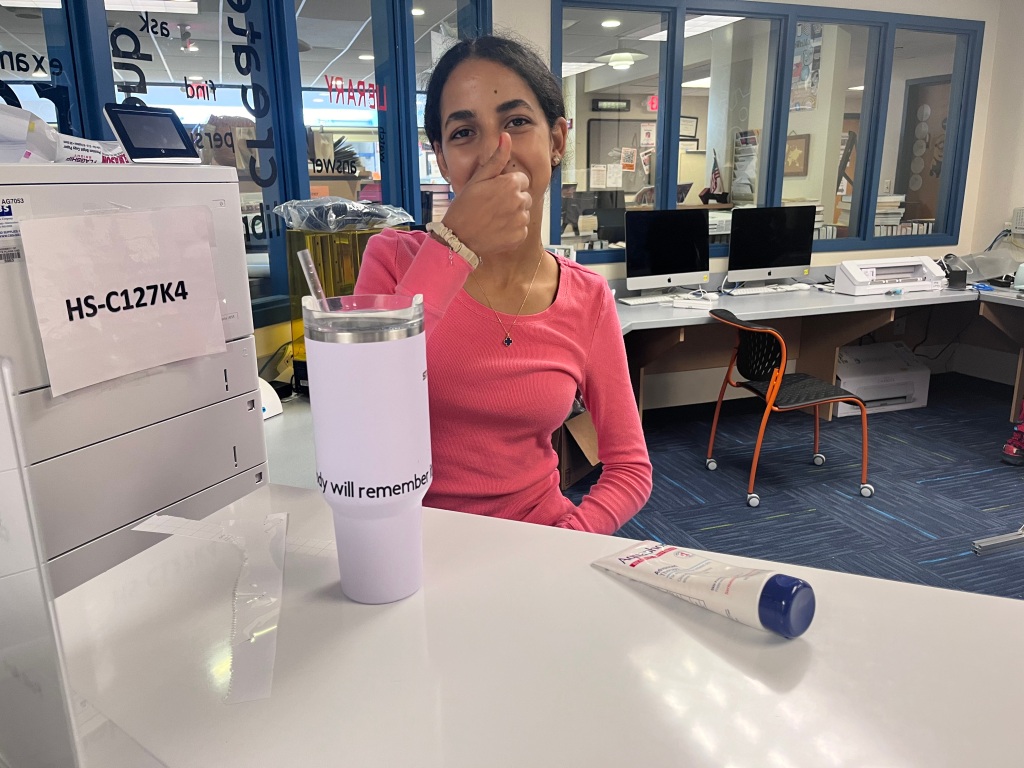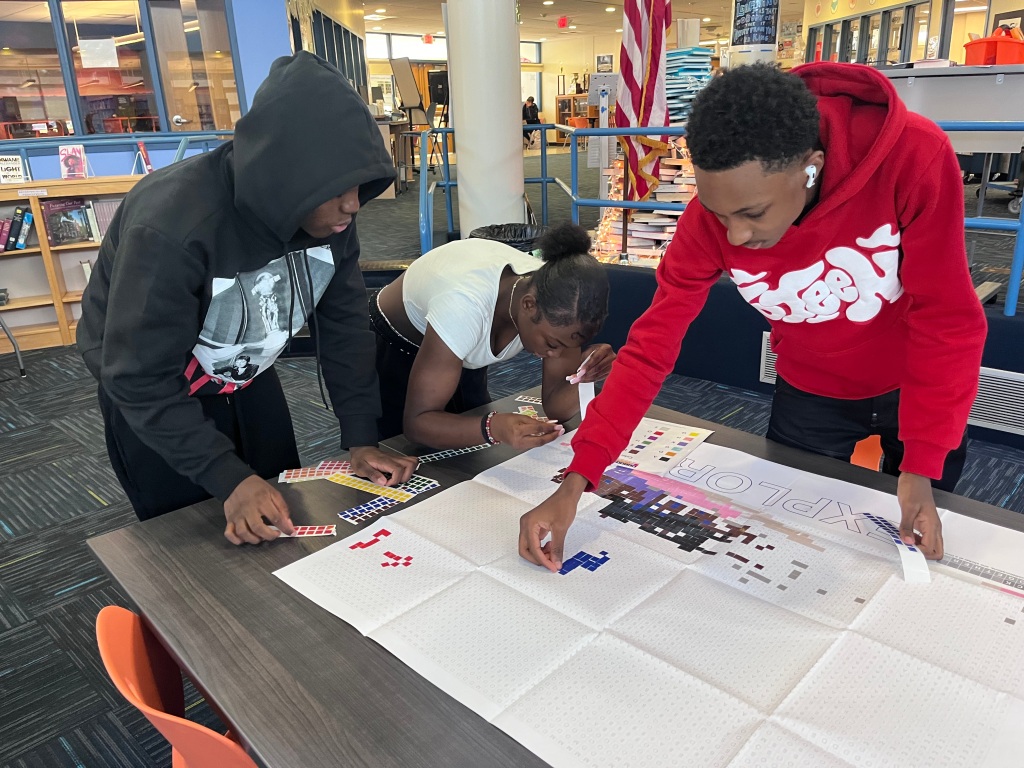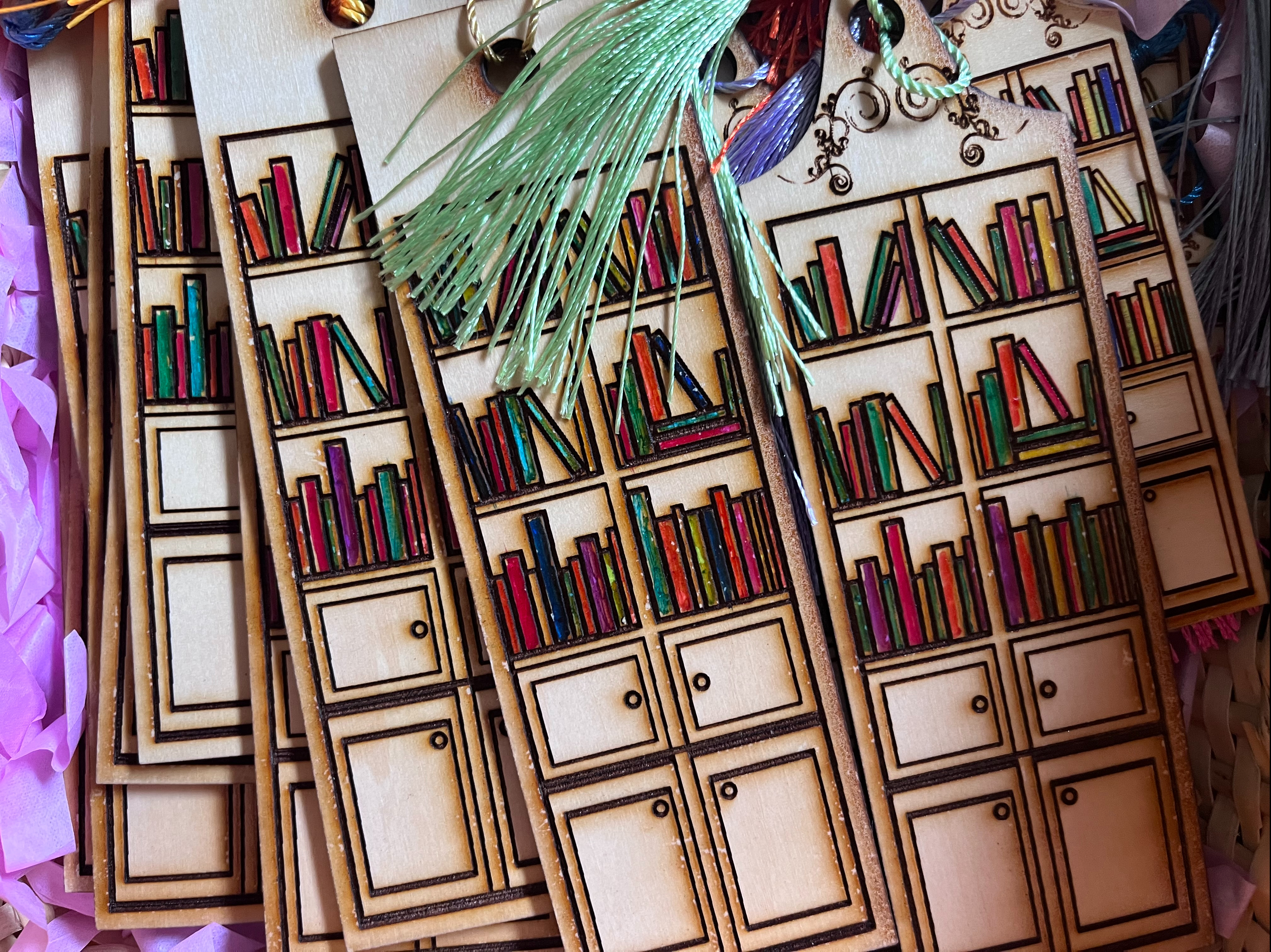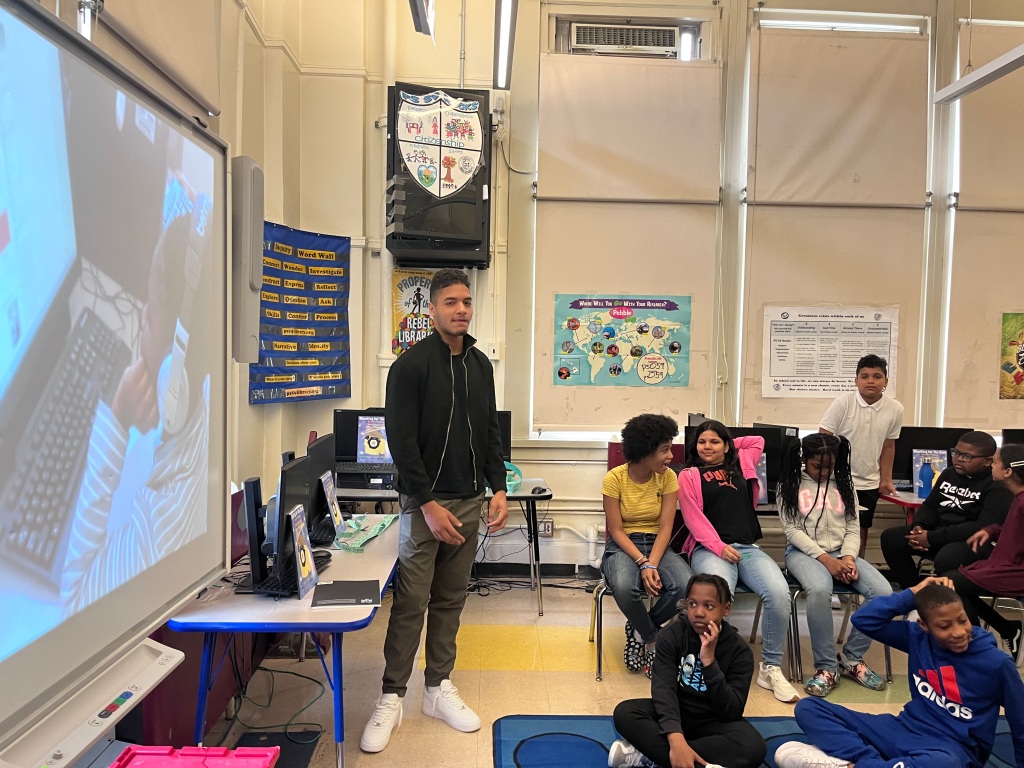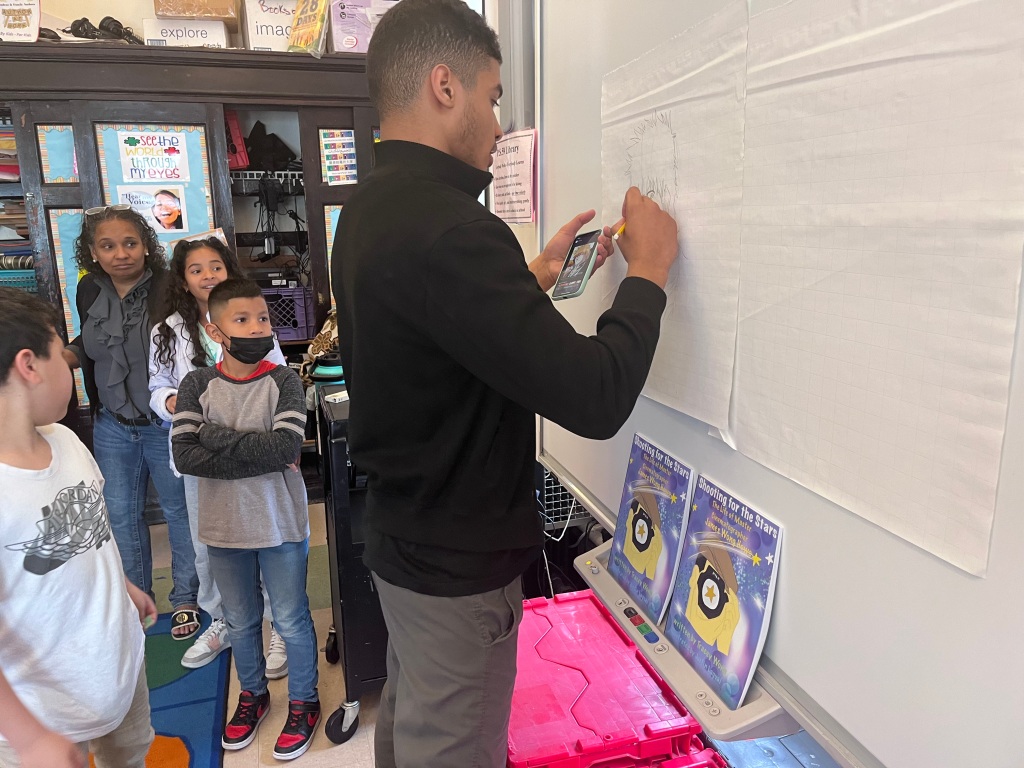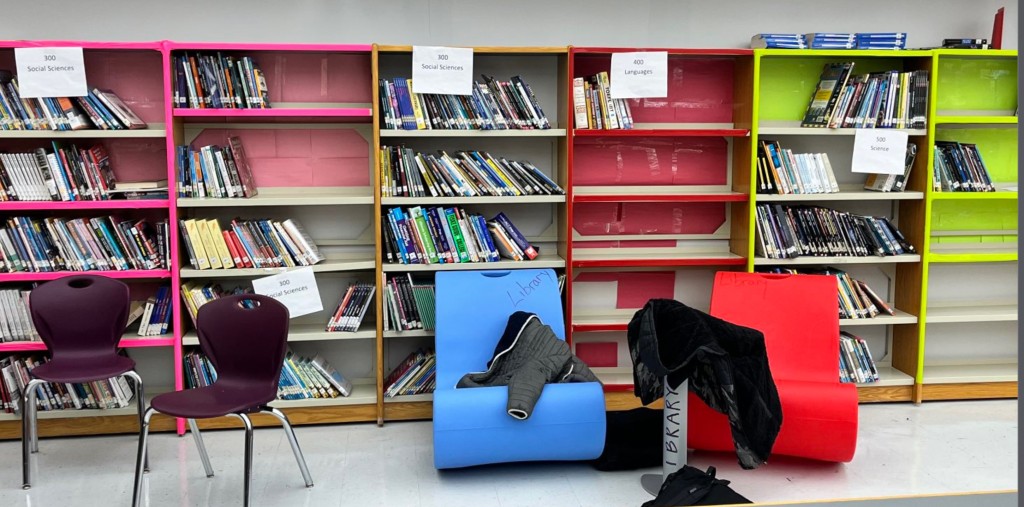Politics hurts the children. That is unequivocally true. Being a part of central office and a member of a cabinet, I have witnessed and learned that politics causes children to experience great loss. Several years ago in my first few weeks as a director, a vendor approached me to see about purchasing his product. I researched and saw the district had once done a lot of business with him. He let me know a few years back the big boss asked him to hire his nephew. Once the nephew was hired, the vendor got his foot in the door and lots of contracts were signed for many different schools in the district. A little later down the line when business slowed down, the vendor no longer had enough work and laid off the nephew. As a result, the vendor’s contracts were not renewed. And his calls to try to speak or meet with the big boss went unreturned. This was just one of many instances I would come to learn about where favor was traded for cold cash.
In a different example, the educator who was chosen to lead instructional technology for the district was ill equipped. He had a rudimentary foundation and understanding in technology. The person who was truly suited for the position and would have made great roadways was instead overlooked and delegated to a failing school. Though the appointed technology leader possessed the necessary certification, he was not an adept technology person at all. In fact, I was asked to lead technology PDs on 3D printing for a special grant the district had obtained. Though I offered to teach him so he could lead the PD, he was somewhat scared, unprepared and told me it was quite alright I deliver it. He did not understand how to support the simplest technology strategies. Unfortunately, he did not have ideas on innovation and how to use technology to propel the district forward.
Expanding the number of school library media specialists in the district was a political move made by the big boss. It made it look like he was making positive changes. The number of school librarian increased from seven to fifteen or essentially doubled. While this might seem like quite an advancement, it was negated when the big boss ignored suggestions to have each new school librarian in only one or two elementary schools. This would ensure effectiveness and fostering a love of literacy at an early age. Instead, he decided the new school librarians would each be assigned to five elementary schools. This meant a different school each day of the week. In essence, this was ineffective and only paid lip service to the power of learning. Everyone knows knowledgeable and instructionally thorough school librarians will not take a job with five schools when they can work at a district that understands the power of a school librarian and has them assigned at one school. Learning is a social activity and being present daily and building connections reinforces learning. Because of the structure of a multiple school assignment, certified personnel did not apply and as expected, the new hires assigned to five schools ended up doing coverages and became little more than subs for absent teachers. Not connected to their various learning communities, the new school librarians were either not certified or are leaving for more supportive districts.
In other instances, new assistant superintendents did little to make important changes and did not help principals in improving learning outcomes at their schools. Weighing the security of tenure against high salaries, the new district leaders did not want to rock the boat. Because of this, principals did not receive important feedback to grow their professional practices and many were given high ratings even though it was obvious more updated pedagogy needed to be implemented.
Additionally, numerous quid pro quo arrangements with a local politician’s family members interfered with the school district from truly blossoming into excellence and greatness. Exchanging favors, the hiring of friends and relatives and only giving business to certain entities resulted in limited growth and in even more limited opportunities for the children. Since various leaders were only concerned about their own pockets growing and how they appeared in the public eye, what was best for students was put to the side.
As the announcement came that the big boss was leaving and his biggest accomplishment of improving the district’s graduation rate was highlighted, a colleague simply stated, “He had a chance to really do good things and he didn’t. You know how he improved the graduation rate, don’t you?” Yes, I too had been in high school and heard and seen how the raising of graduation rate works…………….. when the kids failed classes, many principals would suggest teachers pass them so they could graduate. Some teachers refused to do so, so then magically other teachers in the same subject would give them a passing grade for “a new section” of that class. Often times, kids would skip all year and do credit recovery either after school or in the summer. Credit recovery typically required physical attendance and a worksheet packet. Though not equal to a year of coursework, kids know it is a quick way to get what they want. Sadly in college, the district’s former students are ill prepared to successful meet the rigors and challenges of college and ultimately life.
School libraries and school library media specialists change lives. But unfortunately, it is difficult to build strong libraries when politics are put before children. When leaders care more about how they appear to the public and seek to expand their monetary wealth before anything else, children ultimately suffer.









